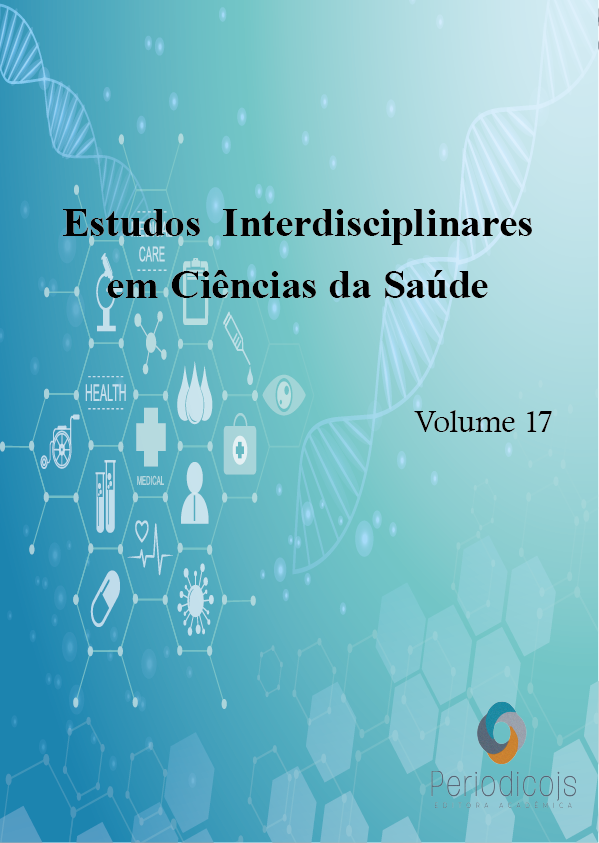Abstract
Endodontic treatment aims to irreversibly remove the etiological agents causing the pulp infection and the inflamed pulp. Treatment success depends not only on the quality of the filling, but on the correct handling of the techniques, following the endodontic steps satisfactorily. Some factors are capable of contributing to a negative prognosis of endodontic treatment, for example, root resorption, file fracture, canal or furcal perforation, root fracture, traumatic dental injury, endodontic filling material below the apex. The aim of this study was to search the literature for the main etiologies of failure in endodontic treatment. For this purpose, articles were searched in the following databases: PubMed, LILACS, SciELO and Google Scholar, using as a means of searching the keywords “endodontic retreatment, treatment failure, failures, complications after endodontic therapy, post apical lesion -treatment” from 2000 to 2021. The development of the literature review allowed an analysis of the main complications that can occur after endodontic treatment and the resistance of microorganisms present in the vast majority of endodontic failures, there are still factors that can lead to failures in this endodontic treatment, such as: incorrect instrumentation, perforations, untreated canals, infiltration, excess filling material, therefore, it is extremely important to carry out correct planning, use of tomography and knowledge of the technique, to increase the success rate of endodontic treatment. It was concluded that to prevent the occurrence of complications after endodontic treatment, it is necessary to carry out maneuvers such as: use of irrigating substances in large volumes, intracanal medication, adequate instrumentation and a good filling. The presence of Enterococcus faecalis is difficult to control and it is present in most failures, due to the difficulty in reaching instrumentation and intracanal medication in this region.
References
DI SANTI, Bárbara Trindade et al. Avaliação Da Suscetibilidade Antimicrobiana De Bactérias Anaeróbias Facultativas Isoladas De Canais Radiculares De Dentes Com Insucesso Endodôntico Frente Aos Antibióticos De Uso Sistêmico. Rev. Odontol UNESP vol.44(n.4): p.200-206; 2015.
DIAS, Samanta Aparecida Alves et al. TOMOGRAFIA CONE BEAM NA ENDODONTIA CONTEMPORÂNEA. Revista cientifica da Unifenas p. 22 Número 2, Volume 2, jul/dez de 2020.
ESTRELA, Carlos et al. Characterization of Successful Root Canal Treatment. Rev. Braz. Dent. J. vol.25, n.1; 2014.
ESTRELA, Carlos et al. Prevalence and risk factors of apical periodontitis in endodontically treated teeth in a selected population of Brazilian adults. Rev. Braz. Dent. J. vol.19, n.1; 2008.
GAMBARINI, Gianluca et al. The influence of Three different instrumentation Techniques on the incidence of postoperative pain after endodontic treatment. Ann Stomatol (Roma), Jan-Mar 2013.
KUGA, Milton Carlos; et al. Avaliação in vitro do pH do hidróxido de cálcio usado como medicação intracanal em associação com clorexidina e racealfatocoferol. RFO, Passo Fundo, v. 15, n. 2, p. 150-154, maio/ago. 2010
LACERDA, Mariane Floriano Lopes Santos et al. Infecção Secundária E Persistente E Sua Relação Com O Fracasso Do Tratamento Endodôntico. Rev. Bras. Odontol., Rio de Janeiro, vol. 73, n. 3, p. 212-7; 2016.
LICCIARDI, Renata Vargas et al. Acidentes E Complicações Na Abertura Coronária. Revista FAIPE, vol. 2, n. 2; 2012.
LUCKMANN, Guilherme; DORNELES, Laura de Camargo; GRANDO, Caroline Pietroski. Etiologia Dos Insucessos Dos Tratamentos Endodônticos. Vivências: Revista Eletrônica de Extensão da URI. vol. 9, n. 16: p. 133-139; 2013.
MACEDO, Itaercio Lima de; NETO, Iussif Mamede. Retratamento endodôntico: Opção Terapêutica Do Insucesso Endodôntico. Braz. J. Hea. Rev., Curitiba, vol. 1, n. 2, p. 421-431; 2018.
MIRANDA, Jessika Karlla Teixeira et al. Tomografia computadorizada em endodontia: revisão de literatura. Revista Eletrônica Acervo Saúde. p.1-8, Vol.Sup.n.50.
NAIR, P.N.R. Pathogenesis Of Apical Periodontitis And The Causes Of Endodontic Failures. Rev Oral Biol Med vol.15(n.6):p.348-381; 2004.
PALMA, Luciana Zambillo et al. Incidência De Dor Após Conclusão De Tratamento Endodôntico Em Dentes Permanentes Em Pacientes Atendidos Na Clínica Escola De Odontologia Da Uri Erechim. PERSPECTIVA, Erechim. Vol.41, n.153, p. 73-83; 2017.
PARADELLA, TC; et al. Enterococcus faecalis: considerações clínicas e microbiológicas. Revista de Odontologia da UNESP. 2007; vol.36(n.2): p.163-68
POLY, Ane; et al. Efeito antibacteriano dos lasers e terapia fotodinâmica contra Enterococcus faecalis no sistema de canais radiculares. Rev Odontol UNESP, Araraquara. jul./ago., 2010; vol. 39: p.233-239
PRETEL, Hermes; et al. Comparação entre soluções irrigadoras na endodontia: clorexidina x hipoclorito de sódio. RGO - Rev Gaúcha Odontol., Porto Alegre, v.59, suplemento 0, p. 127-132, jan./jun., 2011
SOUSA, Vinícius Caixeta de; et al. Tratamento Do Insucesso Endodôntico. Rev Odontol Bras Central vol. 27: p.44-48; 2018.
TABASSUM, Sadia; KHAN, Farhan Raza. Failure of endodontic treatment: The usual suspects. European Journal of Dentistry, Vol. 10, Jan-Mar 2016.
VALERA, Marcia carneiro et al; In vitro antimicrobial activity of auxiliary chemical substances and natural extracts on Candida albicans and Enterococcus faecalis in root canals. Jappl Oral Sci, vol.14, january, 2013.
WERLANG, Aline Inês et al. Insucesso No Tratamento Endodôntico: Uma Revisão De Literatura. Tecnológica Revista Científica vol.5, n.2; 2016.

